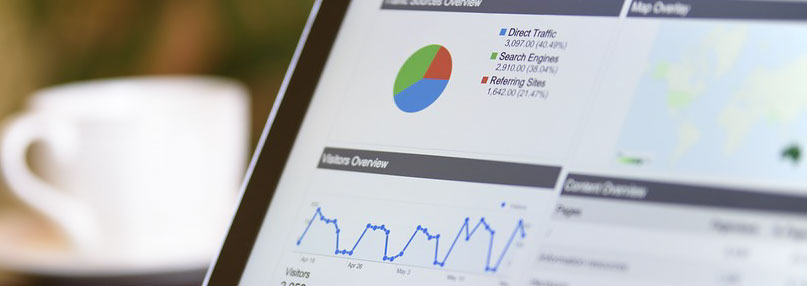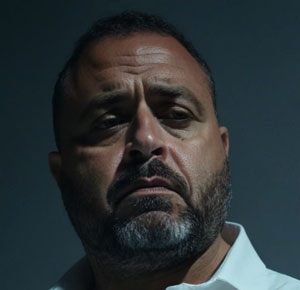NEW YORK, NY – Whether a company embarks on typical optimization processes or just gives in and goes straight for Google’s recently re-branded “Google Ads” program is probably a question best answered only by someone who has been watching both of them evolve over the years, because both of them do work, and both can be used to grow your business exponentially, but figuring out which one works better or which will cost more is something the average business owner just has no idea about it.

For many years I recommended strictly Search Engine Optimization (“SEO”) as this was the core and foundation of my Internet business building experience – I just couldn’t have done it without SEO. My life would have been completely different. However, those were very different times and for the last few years I’ve loosened up considerably and typically recommend that if you have a serious project and you want to realistically compete with all of the companies out there, it’s going to have to be – all or nothing.
In other words, you’re going to have to have a mindset that keeps search engine optimization top of mind, and always in play, but you’re also going to have to participate in the paid platform opportunities, and there are indeed a lot of options. Just with Google alone you have search ads, dynamic search ads, display ads, re-marketing ads, shopping ads, video ads, business listing enhancements (AdWords express) and Gmail ads. That’s a lot of ways to hunt down your prospects.
You see, the Internet is slowly and surely becoming a pay-to-play system.
Search engines, especially Google, are taking up more and more real estate on the first page of search that even according to Google (I heard it from the horses mouth at an event), having a number one organic listing is only a fraction of the value it once was (nets 50% available search clicks). If you’re lucky enough to still be on that first page, but further down in the results, the news gets much worse: you’re missing out on 89% of web traffic, even if your maintaining a first page organic listing.
This is due to not only a growing amount of ads to be displayed, but Google (with Bing.com and Yahoo.com trying their hardest to follow suit) continue to use their vast technology and artificial intelligence to answer a user’s question – right there within the top search result utilizing knowledge graph data in addition to Google maps listings which continue to grow in size. I would not be at all surprised if there is actually little time left for any organic results at all based on where Google’s going with some of its latest patents for combining ads with content.
Search engine optimization has also become a lot less predictable and harder to accomplish. For someone who has followed the search industry closely for many years, SEO today seems more of a crap-shoot gamble of likelihood guesswork at best and no longer realistic at worst. I find myself telling clients that their budget for organic SEO will need to be twice to three times what it once was, so that we can through everything plus the kitchen sink at the campaign, because half of the work done, might not actually do anything to increase rankings on Google, and we’ll be relying on the portion of the budget that actually does work to realize any realistic measurable gains.
Don’t get me wrong, onsite architectural changes are still very important at easing the crawl-ability and comprehension of your pages, however, those specifically intended to increase rankings are only going to work well, or more like they used to, on Bing.com and Yahoo.com, because their still very inferior search engines when compared to Google’s brand measuring ability and much more sophisticated algorithm. I mean, Google’s even got patents designed specifically to confuse the heck out of SEOs and those who try to manipulate and control rankings where Google will push intentional fluctuations when they see pages being changed, especially when those changes fit the typical characteristics of SEO related changes. These functions of the algorithm are called “transition functions”, you can read the actual patent here.
So with all of these reasons, and recognizing that there are plenty more, that I could easily write a book on it (I do plan a full update for Mastering Your Website when time allows – version 2], that sponsored search options are necessary. I do believe a strategy which involves optimization only, by itself, with no other paid or sponsored ads, is at minimum becoming or already is, behind the times at this point. While it will still work and still help your business just like having a website itself does, it’s just not going to provide what is needed to compete – if you are trying to be aggressive in your industry.
Search Engine Optimization (“SEO”) by itself will serve you well only in the following three scenarios: A) you’re an expert at it and you have a lot of time to wait, B) spending money on traffic acquisition is, for whatever reason, out of the question, and/or C) generating traffic to your website through any paid means is a compliance issue.

About The Author: John Colascione is Chief Executive Officer of Internet Marketing Services Inc. He specializes in Website Monetization, is a Google AdWords Certified Professional, authored a ‘how to’ book called ”Mastering Your Website‘, and is a key player in several Internet related businesses through his search engine strategy brand Searchen Networks®

 *** Here Is A List Of Some Of The Best Domain Name Resources Available ***
*** Here Is A List Of Some Of The Best Domain Name Resources Available ***
Organic traffic I still find to be the most valuable long term type of traffic.
Matt Cutts is a vandal and systematically, is attacking domaining and domainers, in the interests of supporting those that cannot or will not pay the price for exact match domain names.
VANDAL
What is being done by Mr. Cutts on behalf of Google is of criminal proportions and should be prosecuted as such.
Robert McLean